
The Batavian Society for Experimental Philosophy (Dutch : Bataafsch Genootschap voor Proefondervindelijke Wijsbegeerte) is a Dutch learned society residing in Rotterdam.

The Batavian Society for Experimental Philosophy (Dutch : Bataafsch Genootschap voor Proefondervindelijke Wijsbegeerte) is a Dutch learned society residing in Rotterdam.
The society was founded on June 3, 1769 after Steven Hoogendijk declared in his last will that after his death a foundation for the furtherance of experimental philosophy (a term now called 'Science') would inherit his fortune. His fortune would be more than sufficient to secure the foundation's financial future for a long time. The society met as a gentlemen's club of amateur scientists. The initial directors were: [1]
They asked for permission from stadtholder Willem V to award medals for answers to prize questions, as so many other societies did in those days. After obtaining his permission, they again needed to ask permission from the States of Holland and West Friesland, because the Hollandsche Maatschappij der Wetenschappen had heard of their intention and protested. They felt that having two such societies in one province (the province of Holland) was in violation of their own privilege. The directors were able to convince the States of their case for a society in Rotterdam, however, and they obtained their privilege in 1770 and produced a program of prize questions the same year. [1] Their first edition of their society magazine with the winning prize answers was published in 1774. [1] It was called Verhandelingen van het Bataafsch Genootschap der Proefondervindelijke Wijsbegeerte and awarded a prize medal of 30 ducats in gold to winners. [2] The medal was first designed by G. van Moelingen probably in 1769 and improved by Johann Georg Holtzhey after 1772. [3] Later the prize medal was redesigned in 1866 by Johan Philip Menger. Hoogendijk himself lived to a great age and saw the society flourish. He also published a piece on a pyrometer in the first edition of the magazine in 1774. [1]
The Society suffered during the French occupation of the Netherlands in the late 18th and early 19th century, due to the tiercering. In 1917, a major part of the Society's capital was lost during the Russian Revolution as the Russian bonds owned by the Society became worthless. The Batavian Society suffered an even heavier blow during the bombardment of Rotterdam in May 1940, when essentially all archival material and historic artifacts were lost.
Currently, the Society, with around 400 members, is a forum for scientists living in the vicinity of Rotterdam. Six scientific meetings per annum, mostly dedicated to medicine and engineering sciences, are held plus a one-day convention, where the Steven Hoogendijk Premiums are awarded to young scientists.
The Remonstrants is a movement that had split off of the Dutch Reformed Church in the early 17th century.

Jhr. Rhijnvis Feith was a Dutch poet.
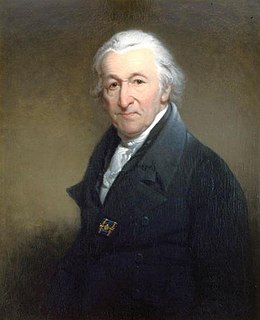
Martin(us) van Marum was a Dutch physician, inventor, scientist and teacher, who studied medicine and philosophy in Groningen. Van Marum introduced modern chemistry in the Netherlands after the theories of Lavoisier, and several scientific applications for general use. He became famous for his demonstrations with instruments, most notable the Large electricity machine, to show statical electricity and chemical experiments while curator for the Teylers Museum.

Cornelis Petrus Tiele was a Dutch theologian and scholar of religions.
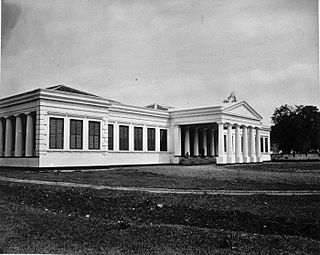
The Royal Batavian Society of Arts and Sciences was a Dutch learned society in Batavia.
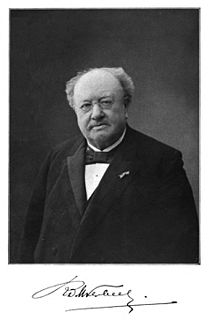
Rogier Diederik Marius Verbeek was a Dutch geologist and natural scientist.

Pieter Paulus was a Dutch jurist, fiscal (prosecutor) of the Admiralty of the Maze and politician. He was one of the ideologues of the Dutch Patriot movement and is considered by many Dutch as the founder of their democracy and political unity.
A genootschap is a specifically Dutch form of company, association, society or cooperative, named after the pursuit for which its members gather.
Henricus Aeneae was a Dutch scientist.

The honeycomb whipray is a species of stingray in the family Dasyatidae, found widely in the shallow coastal waters of the Indo-Pacific from India to the Malay Archipelago. This large species grows to 1.3 m (4.3 ft) across and has a diamond-shaped disc with rounded corners and a projecting, pointed snout. Its tail is long and whip-like, without fin folds. Adults have a striking dorsal color pattern consisting of large, dark brown rings and reticulations delineated by thin yellow lines, while juveniles have a pattern of large dark spots. This ray can also be distinguished from its similar relatives by an enlarged, pearl-like dermal denticle at the center of the back, which is followed by a few thorns. The International Union for Conservation of Nature (IUCN) has assessed the honeycomb whipray as Vulnerable, as it faces heavy fishing pressure and habitat degradation across much of its range.

Steven Hoogendijk was a Rotterdam watch and instrument maker and physicist. His portrait to the right, shows him pointing to an early pyrometer from Pieter van Musschenbroeck with pumps in the background. In 1769, Steven Hoogendijk co-founded the Batavian Society for Experimental Philosophy, with a main aim of introducing the steam engine in the Netherlands, and with the motto: "Certos Feret experientia fructus" . With the support of the Society at their own expense they brought a Newcomen steam engine from England to an old Powder Tower at the edge of Rotterdam. On 9 March 1776, the machine was first put into operation. The steam engine components worked well, but the self-designed wooden Hoogendijk pumps were not compatible and quickly collapsed. This made it such an impression that in 1787 a new steam engine was built in the Polder Zoo. The expected theoretical capacity of 1750 cubic feet per minute displacement was only 5% higher than the observed effective capacity. Nevertheless general acceptance in the Netherlands of the steam engine was slow due to allegiance to the existing mill methods.
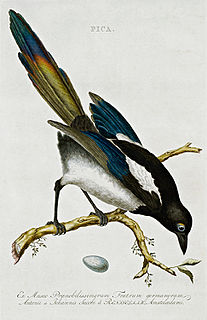
Cornelius Nozeman or Cornelis was a Dutch Remonstrant churchman and naturalist.

Teylers Eerste Genootschap, also known as the Godgeleerd Genootschap is one of the societies founded within the Teylers Stichting as a result of the will of the Dutch 18th-century merchant Pieter Teyler van der Hulst.
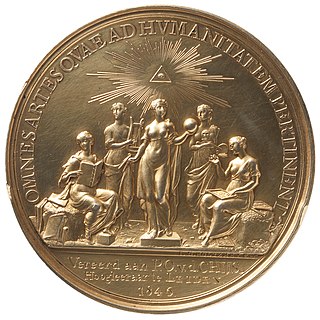
Teylers Tweede Genootschap, also known as the Wetenschappelijk Genootschap is one of the two societies founded within the Teylers Stichting with the purpose to promote and award prizes for research. They were the result of the testament of the Dutch 18th-century merchant Pieter Teyler van der Hulst. The Second Society is focused on art and science, while the First Society is focused on theology.

Pieter Otto van der Chijs was a Dutch coin expert and one of the early prizewinners of Teylers Tweede Genootschap.
Dirk Willem van Krevelen was a prominent Dutch chemical engineer, coal and polymer scientist. He successfully combined an industrial career, managing a research division at DSM, and an academic career, as Professor of Delft Technical College. His contributions span a wide range of research fields, and his name is linked to the van Krevelen–Hoftyzer diagram for chemical gas absorption, the Mars–van Krevelen mechanism for catalytic oxidation reactions, the van Krevelen–Chermin method to estimate the free energy of organic compounds, the van Krevelen diagram that is used in coal and coal processes, the van Krevelen method to calculate additive properties of polymers, and the van Krevelen–Hoftyzer relationship on the viscosity of polymer fluids.
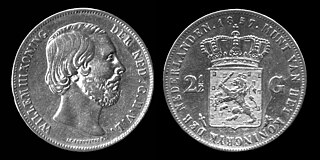
The style of the Dutch sovereign has changed many times since the establishment of the Kingdom of the Netherlands due to formations and dissolutions of personal unions, as well as due to marriages of female sovereigns and cognatic successions.

Brainlab is a privately held German medical technology company headquartered in Munich, Bavaria that develops hardware and software for radiosurgery, image guided surgery technologies for neurosurgery, orthopedic surgery, ENT, CMF, spine and trauma, as well as digital operating room integration and cloud-based data sharing.
Christoph Carl Friedrich von Wurmb was a German botanist. His official shorthand is „Wurmb“. He was a descendant of the noble family von Wurmb. At some point in time, his elder brother Ludwig and he himself fell in love with the same woman. After a long decision process, he decided to emigrate, and leave the woman to his brother. He joined the Dutch East India Company, and emigrated to Amsterdam, and later to Batavia, the modern-day Jakarta. His brother later married this woman, Christiane von Werthern. His sister's brother in law, Friedrich Schiller, wrote a short story about it, A magnanimous act.
Eelco Alta was a Frisian clergyman, theologian, and veterinarian.